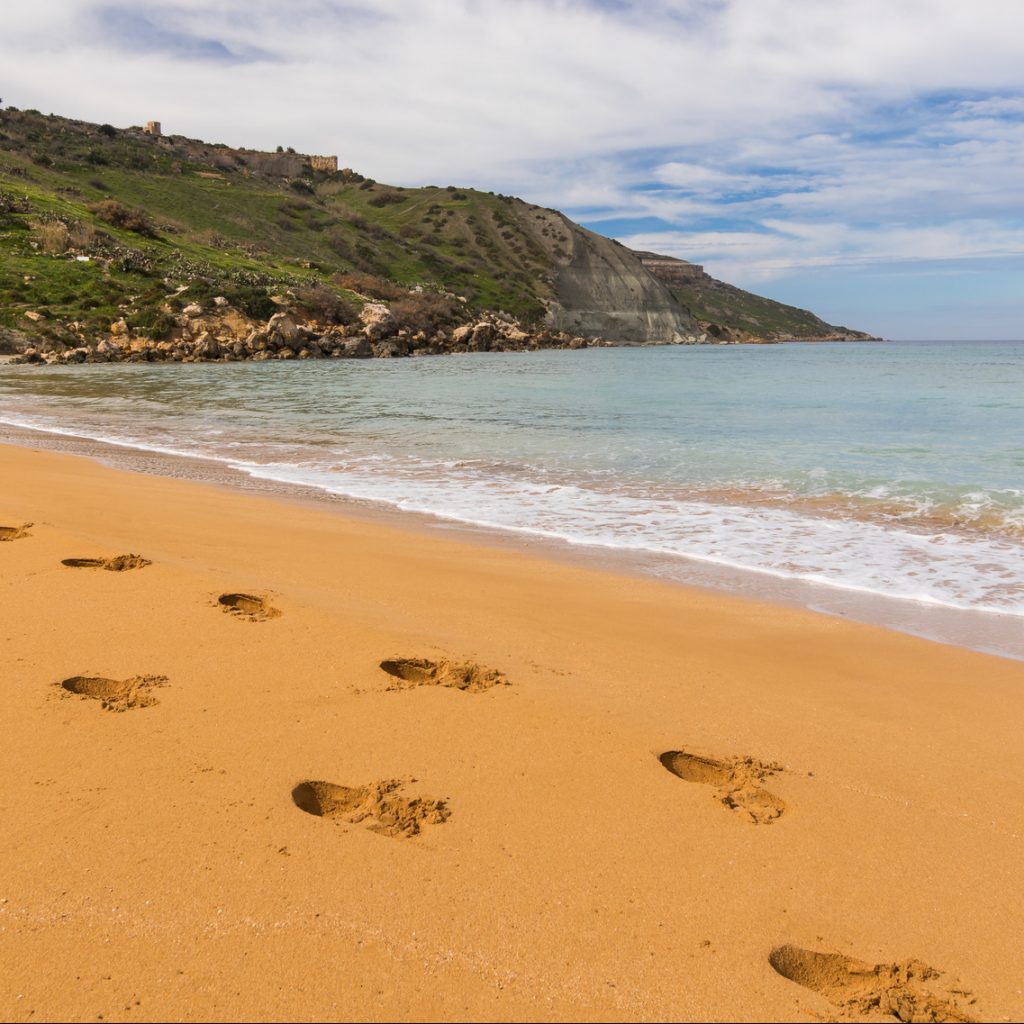The best beaches in Gozo and their pros & cons
It’s no secret that Gozo offers some of the best beaches to visit. Unlike main island Malta, where beaches can get crowded pretty quickly in summer, beaches in Gozo rarely get too busy at this time of the year.
If you’re considering staying in Gozo or planning a day trip to Malta’s sister island, here are a few personal suggestions for the best beaches around. Quiet, few man-built structures and clean.
Ramla l-Hamra
Ramla l-Hamra is the largest and most popular (sandy) beach in Gozo, and for good reason. With an almost red-coloured sand, and surrounded by mostly undeveloped countryside it’s an obvious favourite for both locals and tourists alike. It’s clean, there’s plenty of space for sunbathers and its shallow waters and easy access makes for a very family-friendly beach.
If you plan to visit Gozo, this beach should be at the top of your list.

